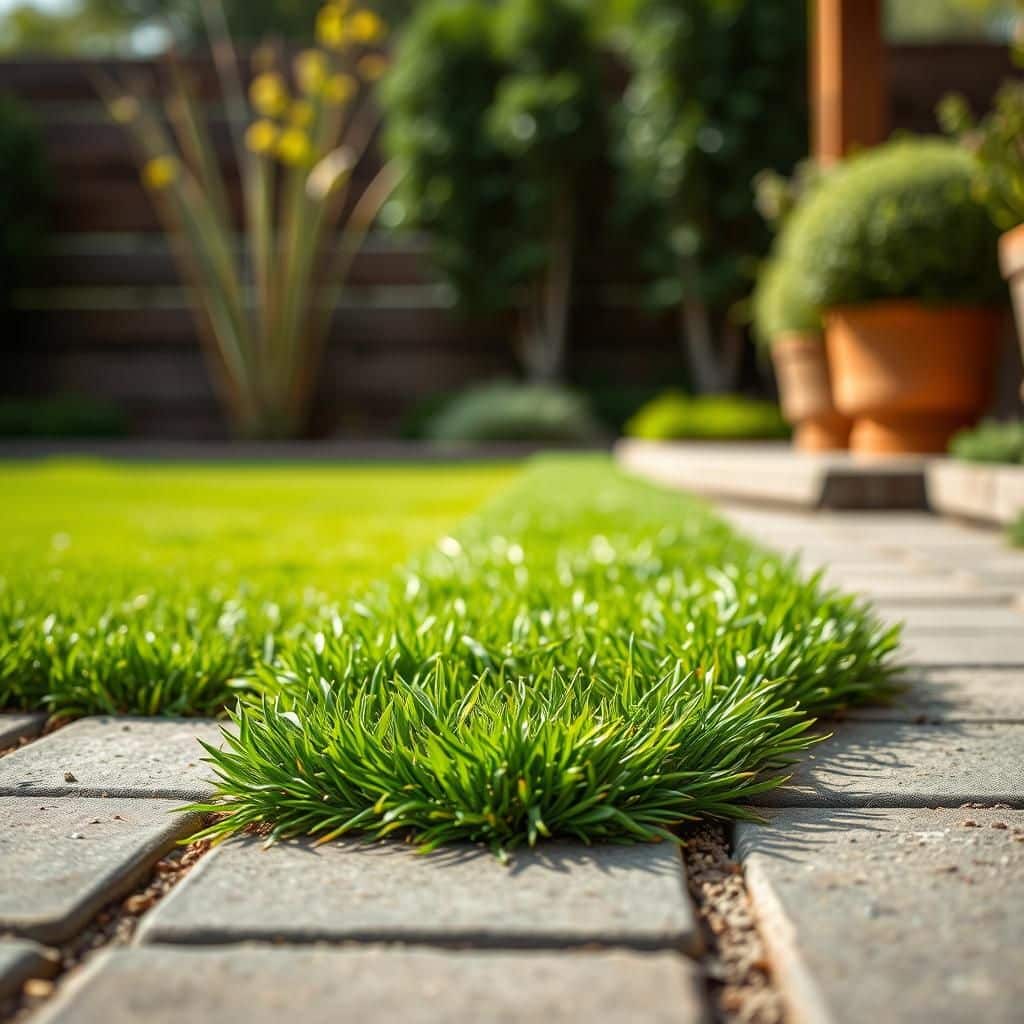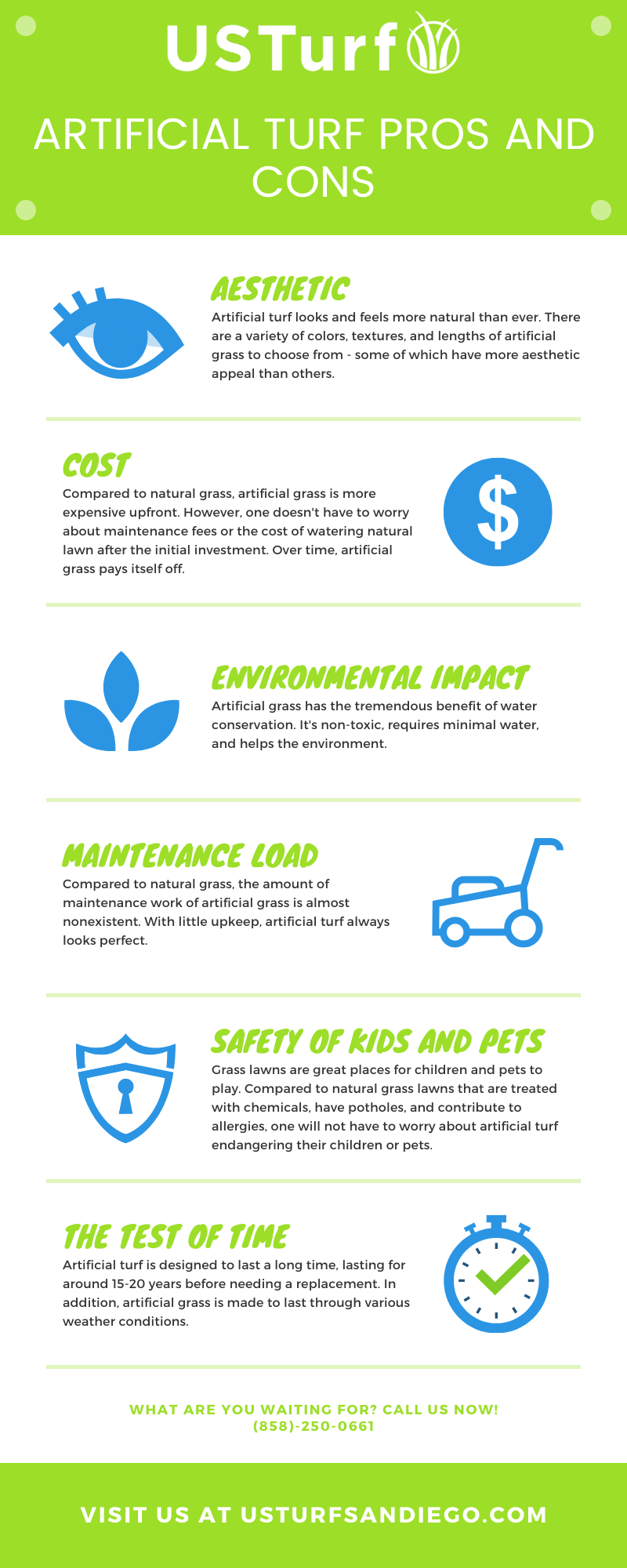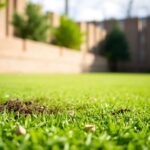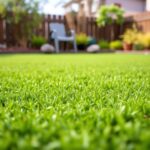What Are the Negatives of Turf? Discover the Drawbacks and Issues You Need to Know

Artificial turf has gained popularity for its low maintenance and year-round green appeal. However, beneath its surface lies a range of potential drawbacks that merit consideration. While it may seem like a practical solution for sports fields, lawns, and playgrounds, the negatives of turf can impact both the environment and personal health. From the high temperatures that synthetic surfaces can reach to concerns about drainage and environmental sustainability, understanding these issues is essential for anyone contemplating the switch from natural grass. In this article, we will explore the various drawbacks of turf that you need to know before making an informed decision.
What Are the Negatives of Turf?
Artificial turf has gained popularity, particularly in sports and landscaping, but it carries several negatives that warrant consideration. One significant concern is its environmental impact, as synthetic materials can contribute to increased heat retention and microplastic pollution. Additionally, the maintenance of turf surfaces, while often perceived as low, can involve the use of chemical treatments for cleaning and upkeep. There are also health risks associated with turf, including potential injuries due to its hard surface and the chemical components that may lead to allergic reactions. Lastly, turf may not provide the same aesthetic and ecological benefits as natural grass, leading to potential biodiversity loss.
Health Risks Associated with Turf
The health risks linked to artificial turf primarily stem from its materials. Many synthetic turfs contain harmful substances such as heavy metals and chemicals that can be harmful upon prolonged exposure. Moreover, the surface hardness of turf can increase the likelihood of injuries in athletes, including ankle sprains and abrasions. In warm weather, the temperature of artificial turf can soar higher than that of natural grass, potentially leading to heat-related illnesses among users.
Environmental Concerns
Artificial turf poses considerable environmental concerns, primarily related to its production and disposal. The manufacturing process involves the use of non-renewable resources, which contributes to carbon emissions. Once the turf reaches the end of its life cycle, it often ends up in landfills, where it can take years to decompose. In addition, the drainage issues associated with synthetic surfaces can lead to water runoff problems, affecting local ecosystems and potentially contaminating water sources.
Maintenance Challenges
While artificial turf is often marketed as requiring less maintenance than natural grass, it still necessitates regular upkeep that can be more complex and costly. Maintenance tasks may include brushing, cleaning, and the occasional refilling of infill materials, which can involve chemical treatments to prevent mold and bacterial growth. These maintenance procedures require both time and financial resources, and if neglected, can diminish the turf's performance and lifespan.
Aesthetic and Ecological Considerations
From an aesthetic perspective, turf may not replicate the beauty and variability of a natural lawn, leading some to feel it lacks the charm of a vibrant landscape. Furthermore, artificial greens offer limited benefits to local wildlife and biodiversity, as they do not provide habitat or food sources for insects and other organisms, unlike natural grass. This lack of ecological function can lead to a gradual decline in local wildlife populations and alter the dynamics of the surrounding environment.
Long-term Cost Implications
Although artificial turf can reduce certain short-term maintenance costs, the long-term financial implications can be significant. The initial investment in turf can be high, and replacement or extensive repairs may be necessary after a decade or so. Additionally, the energy costs associated with cleaning and maintaining the playing surface can add up. Over time, the cumulative expenses associated with chemical treatments and repairs may outweigh the perceived benefits of low maintenance, making turf a less economically viable option than expected.
| Aspect | Natural Grass | Artificial Turf |
|---|---|---|
| Initial Cost | Lower | Higher |
| Maintenance Needs | Regular mowing and watering | Occasional cleaning, infill replacement |
| Environmental Impact | Beneficial to local ecology | Potentially harmful due to pollution |
| Longevity | Several years with proper care | 10-15 years, then replacement |
| Injury Risk | Lower | Higher |
What are the disadvantages of turf?


The use of turf has become increasingly popular for athletic fields, playgrounds, and even residential lawns. However, it carries certain disadvantages that should be carefully considered before installation. Here are some of the notable downsides associated with turf:
Environmental Impact
The installation and maintenance of turf can have significant environmental repercussions. Unlike natural grass, turf does not contribute to biodiversity or support local ecosystems. It also contributes to the urban heat island effect, raising temperatures in metropolitan areas.
- Heat Absorption: Turf absorbs and retains heat, leading to higher surface temperatures.
- Water Runoff: Turf can impede natural water absorption, increasing runoff and potential flooding.
- Microplastic Pollution: The degradation of turf can release microplastics into the environment, harming wildlife.
Cost of Maintenance
While some may consider turf to be low-maintenance, the truth is that it often requires substantial financial investment to keep it in good condition.
- Initial Investment: The upfront cost of purchasing and installing turf can be considerably high.
- Regular Repairs: Turf may suffer from wear and tear, leading to ongoing maintenance and repair costs.
- Cleaning and Sanitization: Turf often needs to be regularly cleaned and sanitized, particularly in high-use areas.
Health Concerns
The use of turf raises several health-related issues for users, particularly in sports settings.
- Injury Risks: Turf can be harder than natural grass, increasing the likelihood of injuries like sprains and fractures.
- Heat-related Illnesses: High temperatures of artificial surfaces can lead to heat exhaustion or heat stroke in athletes.
- Skin Irritation: Turf can cause rashes and skin irritations, especially in individuals with sensitive skin.
Aesthetic Limitations
While turf can provide a consistently green appearance, it lacks the natural variability that comes with living grass.
- Color Uniformity: Turf often appears overly uniform, lacking the diverse textures and colors of natural lawns.
- Limited Seasonal Changes: Turf does not change with the seasons, missing out on the visual appeal that natural grass provides in various conditions.
- Fewer Senses Engagement: Natural grass engages senses like smell and touch, which turf cannot replicate.
Durability Concerns
While turf is often marketed as highly durable, there are conditions where its lifespan and resilience can be questioned.
- Sun Damage: Prolonged exposure to UV rays can lead to fading and deterioration of the turf material.
- Wear and Tear: High foot traffic can result in bald spots or decreased effectiveness in shock absorption.
- Limited Lifespan: Even high-quality turf has a finite lifespan and may need replacement every 8-15 years.
What are the cons of playing on turf?

Playing on turf has gained popularity for various sports due to its durability and low maintenance. However, there are several cons associated with turf that players, coaches, and facilities should consider.
See also:
Health Risks
Playing on turf can expose athletes to several health risks. The infill material, often made from rubber or plastic, can lead to skin abrasions and increase the likelihood of injuries. Furthermore, the surface temperature can rise significantly in sunny conditions, causing heat-related illnesses.
- Skin Abrasions: The artificial blades of grass can cause friction burns and skin irritation.
- Heat Stress: Turf can become dangerously hot, leading to heat exhaustion or heat stroke in players.
- Joint Injuries: Some studies suggest a higher incidence of knee and ankle injuries on turf compared to natural grass.
Environmental Concerns
The environmental impact of turf fields is significant. Many artificial surfaces are made from non-biodegradable materials, and their installation can disrupt local ecosystems. Additionally, for turf maintenance, water, and chemicals are often required, posing further concerns for the environment.
- Non-Biodegradable Materials: Turf is often made from plastics that do not decompose, leading to landfill issues.
- Water Use: Even synthetic surfaces may require water for maintenance, which can strain local resources.
- Chemicals: The use of maintenance chemicals on turf fields can result in runoff, affecting local waterways.
Performance Issues
While turf is designed to provide a consistent playing surface, it can alter the performance dynamics of the game. The bounce, grip, and slide of the ball can differ significantly compared to natural grass, leading to unpredicted game outcomes.
- Ball Dynamics: The ball may bounce differently, affecting the pace and flow of the game.
- Player Movement: Turf can change how players accelerate and decelerate, potentially impacting their performance.
- Game Strategy: Coaches may need to adjust tactics based on the unique characteristics of the turf surface.
Maintenance Issues
While turf requires less maintenance than natural grass, it still has specific requirements that can be costly and labor-intensive. Cleaning, brushing, and infill replacement are necessary to keep the surface in optimal condition.
- Cleaning: Turf needs regular cleaning to remove debris and prevent mold or odor buildup.
- Infill Replacement: The infill material can break down over time, necessitating replacement to ensure proper performance.
- Surface Repair: Damaged areas must be repaired promptly to maintain safety and performance quality.
Cost Considerations
The initial investment for turf installation is significantly higher than that of natural grass. Additionally, the ongoing maintenance and potential repairs can accumulate over time, making turf a pricey option for facilities.
- Installation Costs: The upfront cost of acquiring and installing turf can be substantial.
- Long-term Maintenance: Regular maintenance expenses can add up, countering some of the initial savings.
- Repair Expenses: Any damage caused by weather or wear and tear can lead to unexpected repair bills.
Questions from Our Readers
What are the environmental impacts of turf?
The environmental impacts of turf can be significant, as its production and maintenance require resources like water and energy. Additionally, turf does not support biodiversity, as it often replaces natural habitats, leading to a decline in local flora and fauna. The use of chemicals, such as fertilizers and pesticides, can also contribute to pollution, harming nearby ecosystems.
How does turf affect heat retention?
Turf tends to absorb and retain heat more than natural grass, which can lead to higher temperatures in surrounding areas. This phenomenon, known as the urban heat island effect, can cause discomfort for players and spectators, as well as increased energy consumption for cooling in nearby buildings during the warmer months.
What are the health concerns associated with turf?
There are several health concerns related to turf, particularly synthetic varieties made from materials like rubber. These surfaces can cause skin irritations or injuries, such as abrasions, due to their texture. There is also concern about exposure to harmful chemicals from the materials, which may pose long-term health risks to athletes and the community.
See also:
How does turf affect water drainage?
Turf can negatively impact water drainage because its rigid structure can prevent proper absorption of water into the ground. This can lead to runoff issues, causing flooding in some areas and contributing to erosion in others. Moreover, the body's natural water cycle is disrupted, affecting the surrounding environment's health and water availability.

If you want to read more articles like What Are the Negatives of Turf? Discover the Drawbacks and Issues You Need to Know, we recommend you check out our Turf category.
Leave a Reply
Related Articles